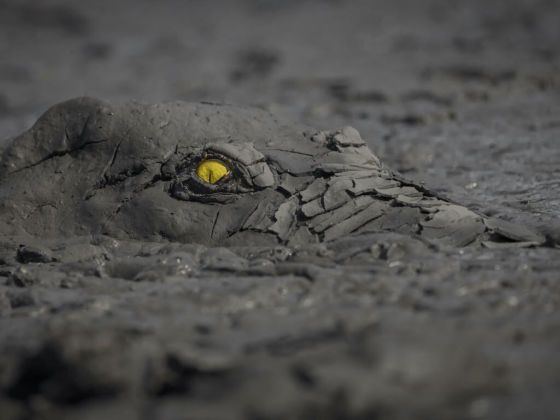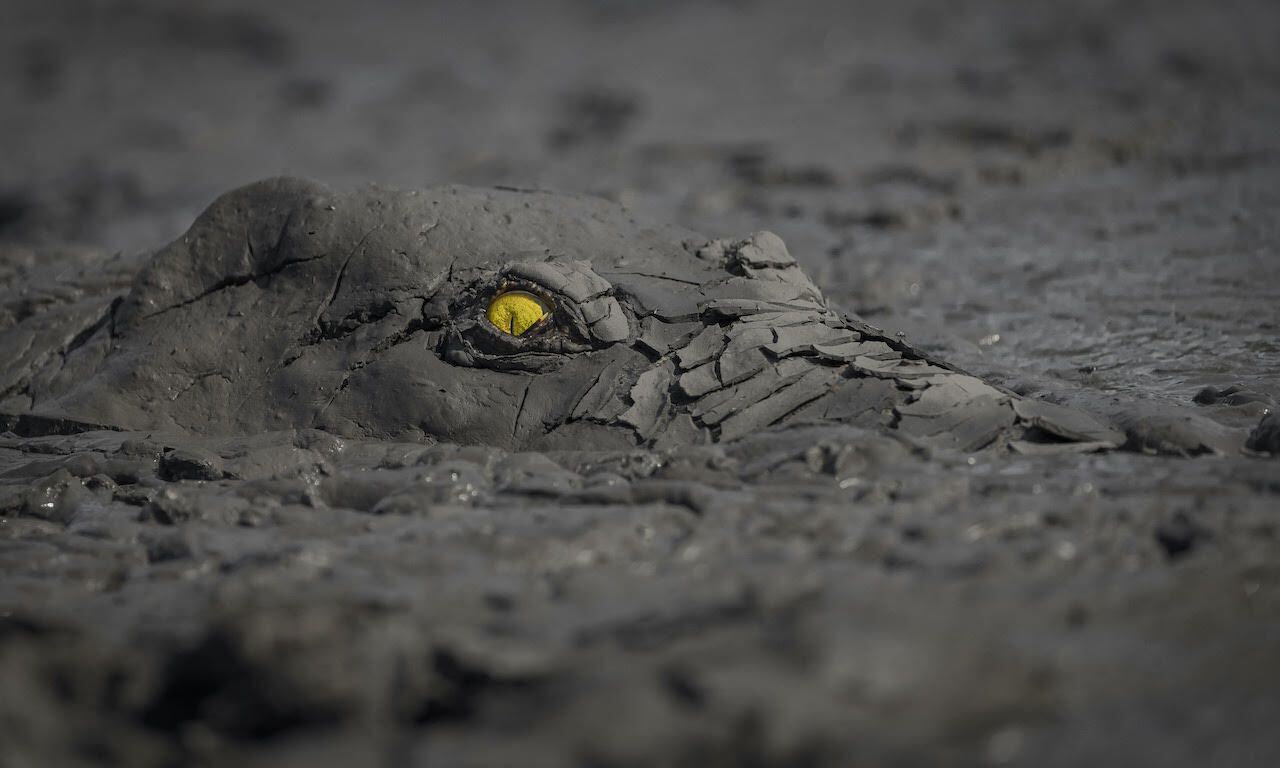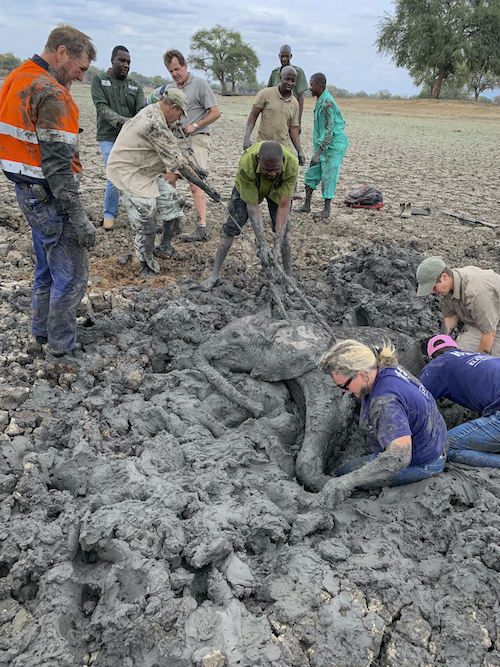Wildlife photography is an arresting art. It has the power to stop us in our tracks, make us take a step back, and simply say, “Wow.”
Often that bewilderment is followed by a sobering realization: “I could never do that,” so many of us have thought while admiring a professional portrait of a big cat stalking in the savannah. “I can hardly even get a decent shot of my housecat.”



